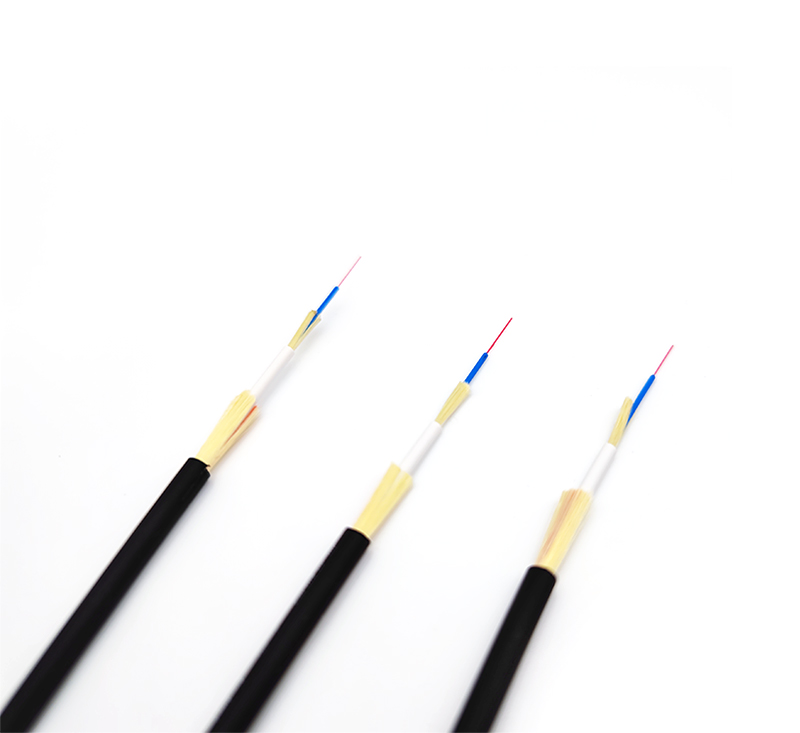When installing any optical fiber system, it must be considered to connect the optical fibers or optical cables to each other in a low-loss method to realize the connection of the optical link. The connection of optical fiber links can be divided into two types: permanent and active. Permanent connection is mostly realized by welding method, bonding method or fixed connector; active connection is generally realized by movable connector. This article will give a brief introduction to active connectors.

Optical fiber active connectors, commonly known as live joints, generally called optical fiber connectors, are reusable passive devices used to connect two optical fibers or optical cables to form a continuous optical path. They have been widely used in optical fiber transmission lines and optical fiber distribution frames. It is the most widely used optical passive device among optical fiber test instruments and meters.
2. General structure of fiber optic connectors
The main purpose of optical fiber connectors is to realize the connection of optical fibers. Optical fiber connectors, which have been widely used in optical fiber communication systems, have many types and different structures. But on closer inspection, the basic structure of various types of fiber optic connectors is the same, that is, most fiber optic connectors are generally realized by high-precision components (composed of two pins and a coupling tube). Alignment of optical fibers.
In this method, the optical fiber is inserted and fixed in the ferrule, and after the surface of the ferrule is polished, alignment is achieved in the coupling tube. The outer components of the pins are made of metal or non-metal materials. The butt end of the ferrule must be ground, and the other end usually uses a bend limiting member to support the fiber or fiber optic cable to relieve stress. The coupling tube is generally made of two semi-synthetic and fastened cylindrical members made of ceramic or bronze and other materials, and is often equipped with a metal or plastic flange to facilitate the installation and fixation of the connector. In order to align the fibers as precisely as possible, the processing precision of the pins and coupling tubes is very high.
3. Performance of fiber optic connectors
The performance of optical fiber connectors, first of all, optical performance, in addition to the interchangeability, repeatability, tensile strength, temperature and times of plugging and unplugging of optical fiber connectors.










